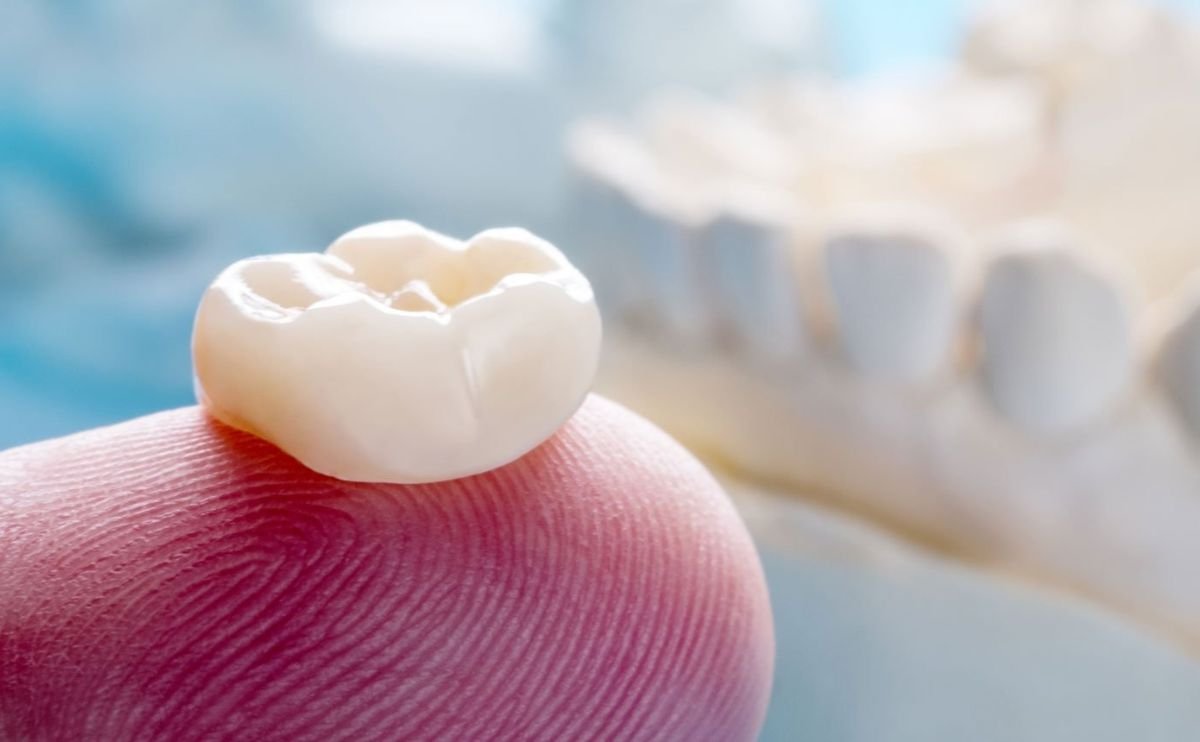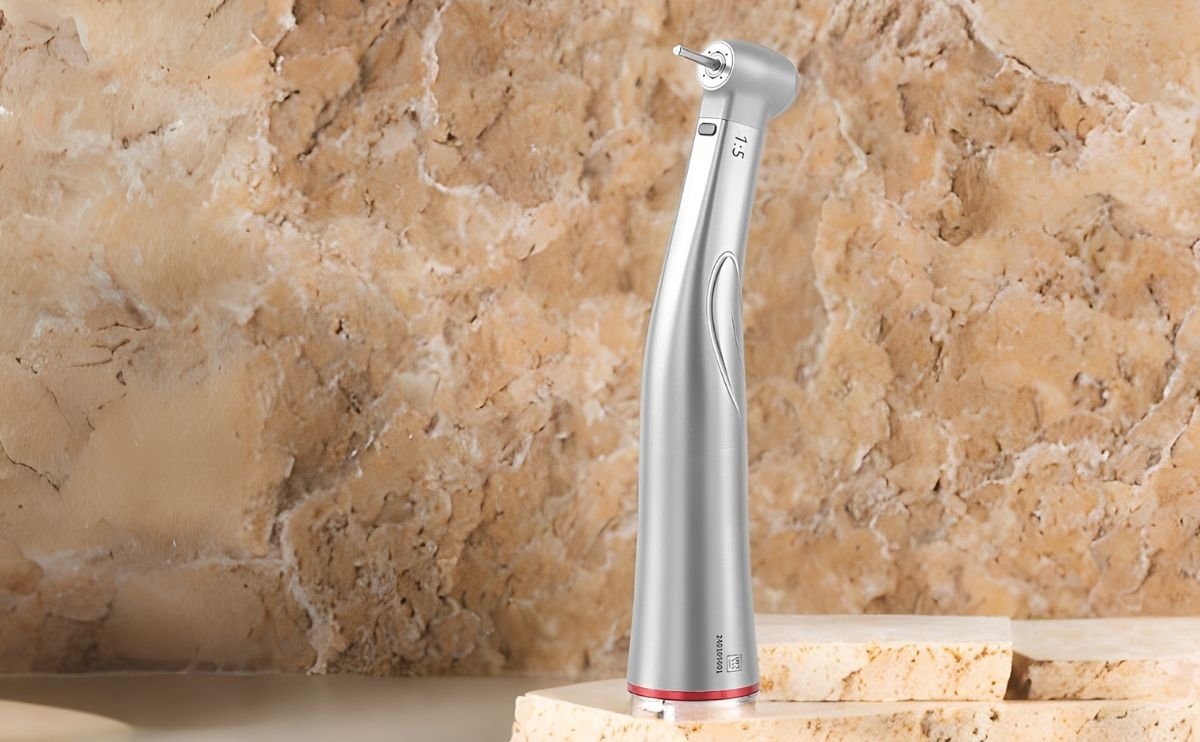Is Chairside CAD/CAM and 3D Printing Worth It for Your Dental Practice?

The world of digital dentistry is changing fast—and many dentists are now wondering:
“Should I invest in chairside milling or 3D printing?”
It’s a valid question. Both technologies promise faster workflows, better patient outcomes, and more control. But they also come with costs—both financial and technical.
Let’s explore how you can gradually transition into digital dentistry, what tools are available, and whether it’s worth making the move in 2025.
Start with Scanning: A Low-Risk First Step
Most dentists who have adopted digital workflows didn’t jump into milling or printing on day one.
Instead, they started with an intraoral scanner. This lets you:
Ditch traditional impressions
Send scans directly to your lab
Improve communication with patients
Once you're comfortable using the scanner daily, upgrading your workflow with in-house CAD/CAM or 3D printing becomes a natural next step.
"You can transition into digital gradually: get a scanner and send scans to labs… once comfortable, switch to milling/printing in-house." – General dentist, Reddit forum
What Can You 3D Print in Your Practice?

With 3D printers becoming more affordable and user-friendly, more clinics are printing:
Surgical guides
Temporary crowns and bridges
Night guards and splints
Denture bases or full prostheses
Study models
In fact, the number of practices using 3D printing has risen from ~12% to ~15% in recent years—and continues to grow.
Chairside Milling vs. 3D Printing: What's the Difference?
| Feature | Chairside Milling | 3D Printing |
|---|---|---|
| Main use | Permanent crowns, inlays, onlays | Temps, guides, splints, dentures |
| Materials | Ceramic, zirconia blocks | Resin-based printable materials |
| Speed | 10–20 mins for a crown | 1–2 hours depending on size |
| Precision | Very high | High (depends on printer/resin) |
| Maintenance | Needs regular calibration | Needs cleaning & curing |
| Upfront cost | High (€15,000–€35,000+) | Lower (€3,000–€10,000) |
For many practices, 3D printing is the more affordable entry point into in-house production.
What New Consumables Will You Need?
Both CAD/CAM and 3D printing come with their own ecosystem of materials:
For 3D Printing:
Biocompatible resins (temporaries, surgical guides, splints)
Isopropyl alcohol / resin wash solutions
UV post-curing unit
Build trays and cleaning filters
For Chairside Milling:
Zirconia / ceramic blocks
Diamond burs (for shaping)
Milling tools and calibration kits
Having a reliable supplier for these consumables is essential. (👋 At DentaProf, we can help you stock up on trusted brands.)
Is It Worth It? What Dentists Say
Dentists who’ve made the switch often report:
Shorter turnaround times
More control over the restoration
Higher patient satisfaction
Increased ROI over 12–18 months
Still, every clinic is different. If you’re a high-volume practice that does multiple crowns or splints daily, in-house production could save time and money long-term.
If your use is more occasional, starting with digital impressions and outsourcing to a lab is a great way to keep costs down.
Final Thoughts: Step In at Your Own Pace
You don’t have to go all-in on day one.
Start with a digital scanner
Send scans to the lab
Track your volume and savings
Upgrade to printing or milling only when it fits your needs
Digital dentistry is not about doing everything in-house—it’s about being more efficient, more accurate, and more adaptable.













